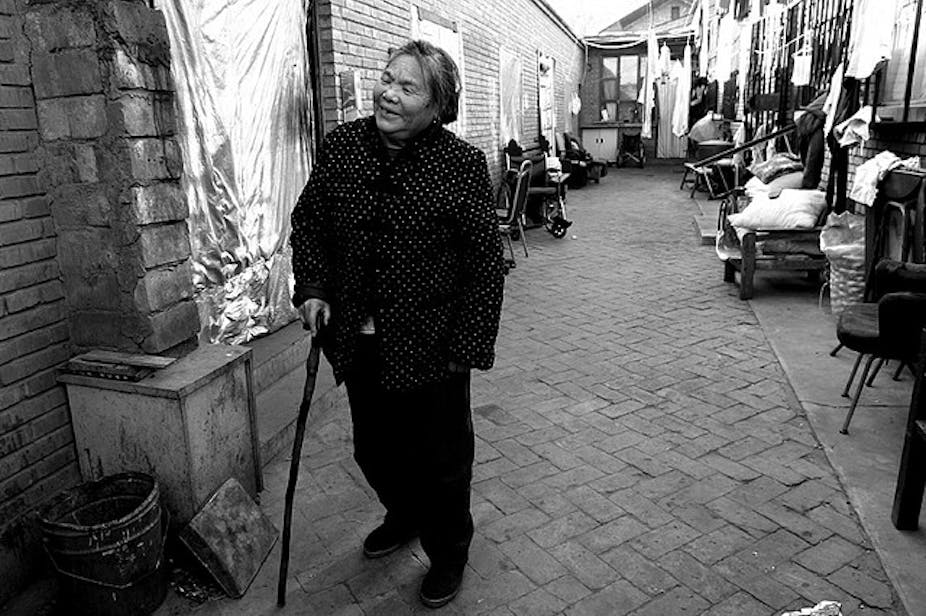A new wearable device that predicts which people are more at risk of falls could help prolong the number of years elderly people can spend living independently at home.
A third of over-65s take a tumble each year, contributing to an annual health bill of about $850 million for direct treatment of fall-related health problems. Falls, which often result in injuries like hip fractures, can kick off a more serious deterioration in health and often precede admission to a nursing home.
Assessing the risks of a fall helps an elderly person and their family develop strategies to prevent accidents but currently, a limited number of health professionals are available to undertake the risk assessment.
To help expand the numbers of people being tested, Dr Stephen Redmond from UNSW’s Graduate School of Biomedical Engineering has developed a new gadget that people can use at home to measure their risk of falling.
“The device is placed on the hip and it measures acceleration and movement as they perform some daily activities that we scripted for them, like walking three metres or standing up and sitting down five times,” said Dr Redmond.
Healthy people are able to perform the tasks smoothly but those with a more jittery gait will register an irregular rate of acceleration.
“By measuring their movement and the stability of the movement, we see a correlation between how stable they are and the likelihood of falling.”
The device was tested on 68 people, with 99 per cent of results generated by the gadget matching the assessment made by a human clinician.
Ensuring subjects use the device properly and report accurate results is crucial, said Dr Redmond, adding that the design was being refined to ensure self-testers could not beat the system.
“We are looking at ways to validate the reporting so they aren’t just strapping it to their dog and measuring that. That aspect is ongoing,” he said.
The gadget could also be used to measure the rate of onset of Parkinson’s disease, which also causes a loss of stability.

